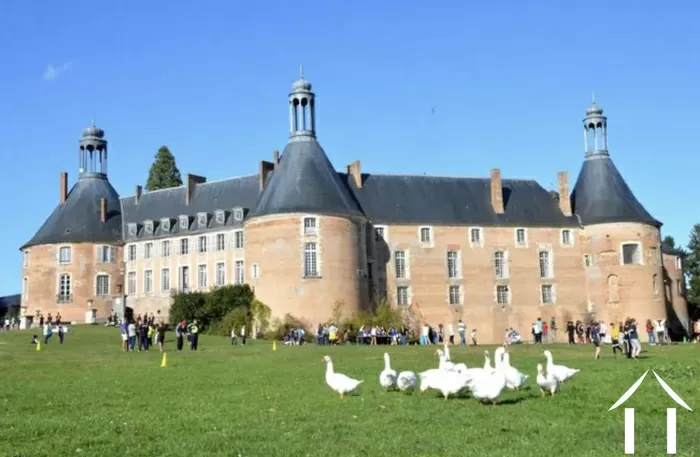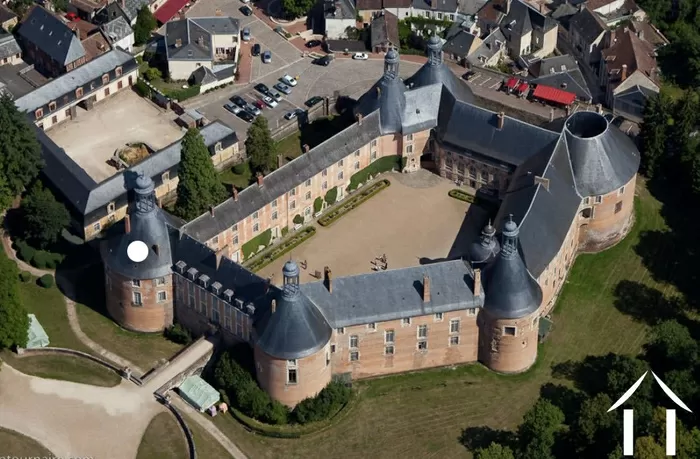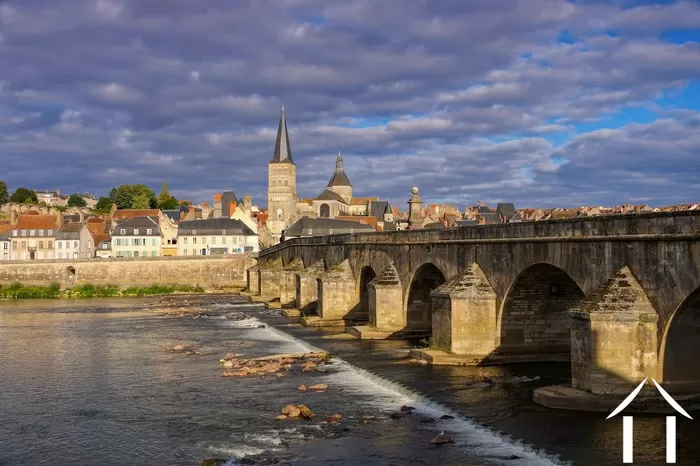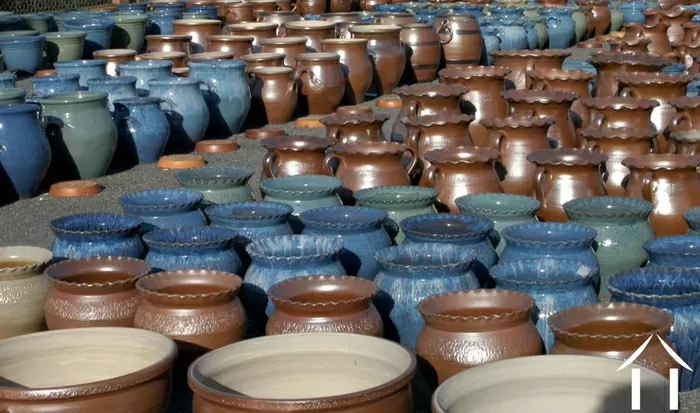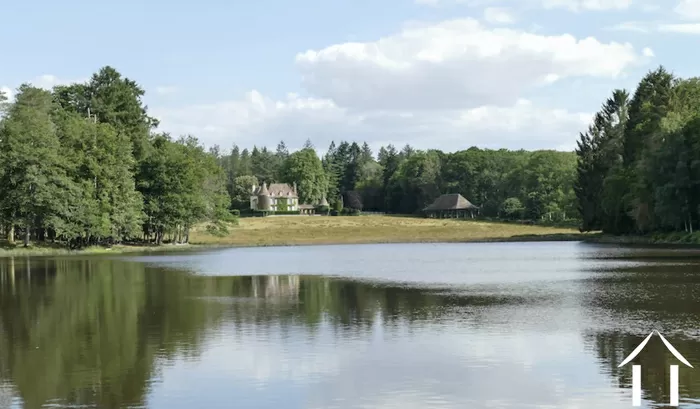REGIONAL INFORMATION
There is something in the air in Burgundy…. It’s a heady mix of culture, viticulture, biodiversity, history and art, and nowhere is this better exemplified than in the area to the north of the pilgrimage town of Nevers on the Loire River.There is something in the air in Burgundy…. It’s a heady mix of culture, viticulture, biodiversity, history and art, and nowhere is this better exemplified than in the area to the north of the pilgrimage town of Nevers on the Loire River.
